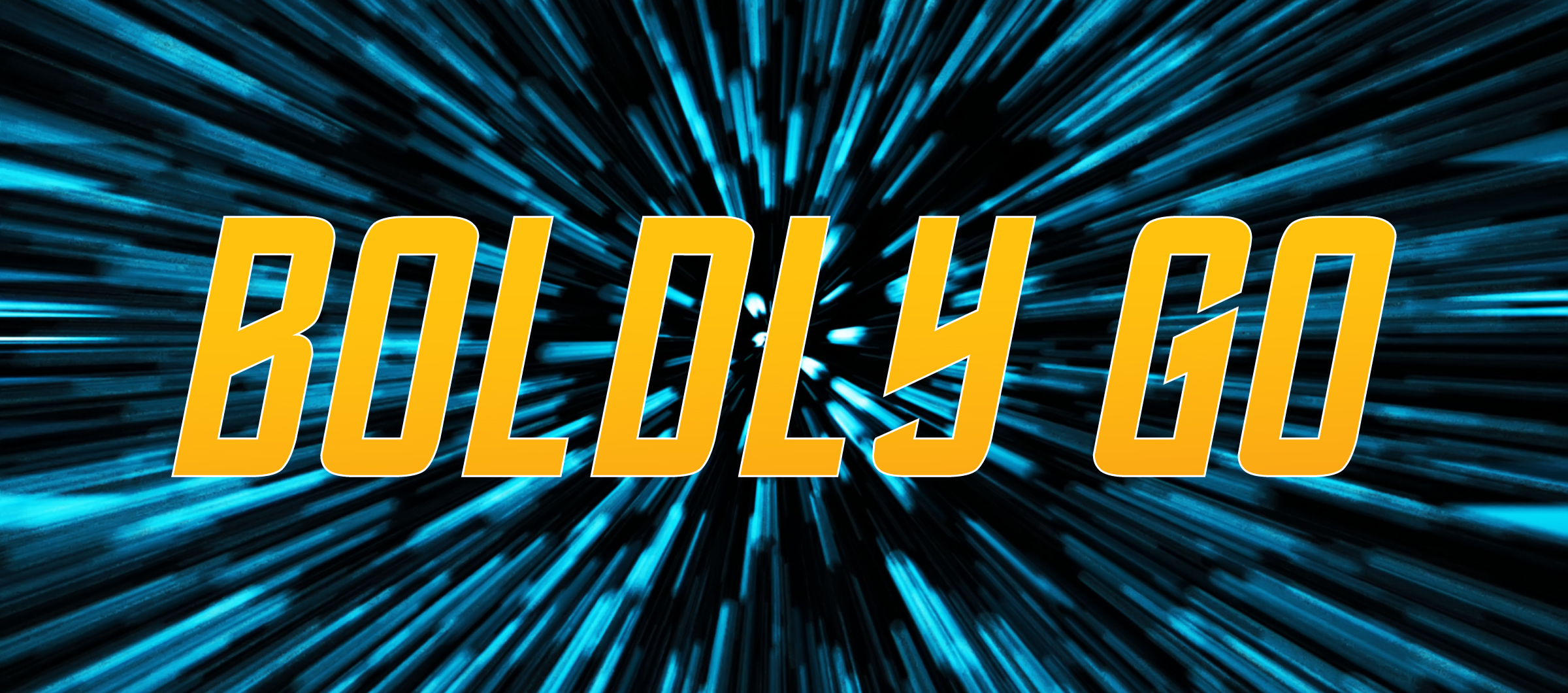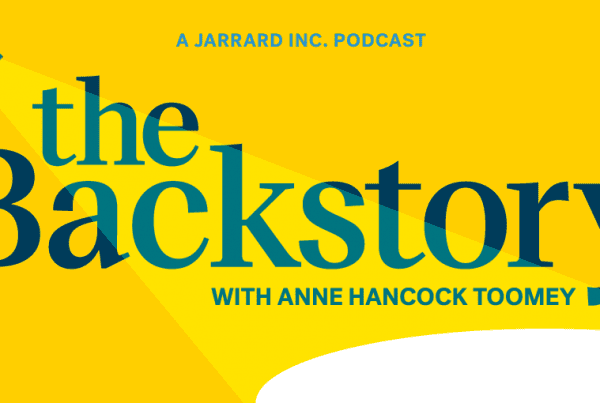Boldly Go
3-minute read
Healthcare needs unreasonable leaders.
The care offered through our industry is too important to be guided merely by what can be safely calculated and confidentially planned. It’s too essential to be left to math.
Boldness is needed today, too.
It can feel as though our industry is locked in a game of inches as competing forces struggle in exhaustion over shrinking resources.
Reimbursements are tighter, costs are higher, competition for dollars and talent is growing and regulatory oversight is on the rise. These challenges are real and, for some, existential. What’s more, the public’s trust in providers, payers, pharma and government has nosedived. A pox on all our houses.
In this tentative environment, caution is the practical play. Incremental change and gradual forecasts for the future make good sense. You’ll get little criticism for maintenance. No barbs for making small bets.
Given today’s volatility, flat is the new up.
Yet into this moment, allow George Bernard Shaw, a ghost from your college reading assignments, to whisper in your ear.
“The reasonable man adapts himself to the world,” he says. “The unreasonable one persists in trying to adapt the world to himself. Therefore, all progress depends on the unreasonable man.”
He would have ruled on X. A century later, his words remain uncomfortably true and inconveniently relevant.
There are, of course, health leaders today making significant moves in their organizations — dramatically redesigning their offerings and staffing strategies; making acquisitions here or selling there — swinging big by design or desperation.
But healthcare needs more and, in some cases, even bigger. Something bold.
As healthcare is being redefined, we need daring interpretations of what our care ecosystem could be – new definitions grounded in our industry’s unique real-world experience. Otherwise, it will be defined (and funded and regulated) around us and without us.
To be “unreasonable” here, as Shaw references it, doesn’t mean to be ridiculous or, even, irresponsible. This isn’t about U.S. presidential politics.
Instead, this is about your willingness and skill as a leader to take bold risks in service to the mission of your organization…or our industry.
Boldness is more than bravado
Consider these distinguishing attributes of boldness.
Start with the artistic act of creating a vision that imagines an organization that stretches beyond the cellular confines of your current spreadsheets, or department structure or 2025 growth goals. It imagines something new founded upon where you are today, but it’s more than merely more of what you are.
Articulate that vision with enough specificity so that it empowers your organization to say “no” to many good things. So, you can say “yes” to a few great things. It’s permission to use “no” as a friendly cudgel to bat away distracting opportunities in service to it. Clarity of purpose fosters the courage to be focused.
But vision without action is feckless leadership. After all, establishing a vision alone can be relatively easy. If you want to draft visions without consequences, join a think tank and make slide decks for a living.
Boldness demands something more. We all want to make healthcare better. But how will you make healthcare better tomorrow, given the tools at your hands today? Will you pick them up?
Boldness needs a blueprint. A roadmap for guiding action that engages your colleagues in the hard work of translating a broad vision into tangible reality, leveraging your money, staff, infrastructure and brand power toward the goal.
Powerful vision, intentional action
It’s the alchemy of a compelling idea married to day-to-day labor, working in intimate service with each other, that becomes the practical magic of “unreasonable leadership.” This is the kernel of another chestnut: “The best way to predict the future is to create it.”
This act of creation is not a singular event, of course. It’s not a supernova that permanently realigns your organizational universe in one burst of energy. It takes time. It becomes real through the step-by-step work of reframing an organization – or an industry – that is disciplined by the vision you’ve created.
The bold vision will evolve, too, as you act and learn, as the market reacts and as the world turns. This confident openness to possibility is a good thing; be mindful to not allow your initial bold vision to become a limitation. It’s a horizon, not a straitjacket.
Speaking of straitjackets
Given the last five years, it may feel like an act of boldness for some people to simply get out of bed and be presentable from the waist up in time for the first Zoom of the day.
New visions and actions and boldness require time and gumption you may feel you don’t have and resources you can’t spend in an organization too tired for change anyway. Isn’t it enough to get through this flu season with good numbers and a reasonable level of sanity?
But know this: A little boldness feeds boldness in others. An unreasonable vision here, in this department, or an act of organizational courage over there, on that unit, kindles others looking to act, those who hear the call, too. Boldness loves company. It never begins as a bonfire. It starts as a spark.
Because organizations aren’t bold. People are. Look, here’s Shaw again:
“Progress is impossible without change,” he murmurs. “And those who cannot change their minds cannot change anything.”
Contributors: David Shifrin, Emme Baxter, Tim Stewart
Image Credit: Shannon Threadgill




